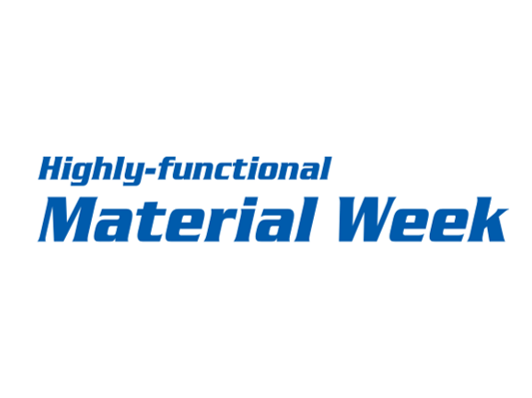Graphistrength® multiwall carbon nanotubes
Graphistrength® multi walled carbon nanotubes significantly improve the mechanical strength of composites. Dispersed in a thermoplastic, thermoset or elastomer polymer matrix, Graphistrength® helps to achieve remarkable electrostatic dissipation (ESD) properties at very low concentration rates compared to the fillers and additives traditionally used.
- Africa
- Asia Pacific
- Europe
- Latin America and the Caribbean
- Middle East
- Northern America
- Oceania
Next events

Let's join to discover our protfolio of solutions for ...

From October 06 to 09, 2025
Join us to discover our portfolio of solutions for inside and oustide the battery cell
The Graphistrength® products are commercially available in two different forms:
- Agglomerate powder of carbon nanotubes known as Graphistrength® C100 trade name. Produced since 2011 via catalytic chemical vapor deposition (CCVD) process in fluidized bed type reactor using proprietary catalytic system and agricultural ethanol as main feed stock. Up to 400 tons per year can be produced in our industrial pilot.
- Master-batch containing between 20 and 45% by weight of pre-dispersed carbon nanotubes Graphistrength® C100 in different base materials:
- Graphistrength® thermoplastic masterbatches: contain from 20 to 30 % of multi-wall carbon nanotubes that are perfectly dispersed in polymer matrix as polyamides, polyesters, polycarbonate. These masterbatches combine straightforward dilution, safety and versatility of use.
- Graphistrength® elastomer masterbatches: contain from 17 to 40 wt% of multi-wall carbon nanotubes in fluoroelastomer, nitrile, EPDM matrices. Final compounds are generally formulated in the range of 1 to 5 wt% of multi-wall carbon nanotubes depending on the targeted performances.
- Solid concentrates to be dispersed in liquid thermoset or hydrosoluble formulations. Those Graphistrength® concentrates containing up to 45 wt% multi-wall carbon nanotubes give flexibility of use to customer free to formulate the level of multi-wall carbon nanotubes targeted.
These Graphistrength® master-batches have been designed so as to be mixed, transformed in the standard processing conditions of materials, in which they will be introduced with commonly used industrial tools.
Graphistrength®'s Properties
Electrostatic dissipation for materials
Dispersed in a thermoplastic, thermoset or elastomer polymer matrix, Graphistrength® helps to achieve remarkable electrostatic dissipation (ESD) properties at very low concentration rates compared to the fillers and additives traditionally used.
Low concentration of Graphistrength® multi-wall carbon nanotubes in polymers significantly reduces any risk of impairing mechanical properties and in some cases can even improve them.
Mechanical strength enhancement for materials
Graphistrength® multi-wall carbon nanotubes can be added into any type of thermoplastic, thermoset, elastomer, metal or ceramic material to significantly enhance their mechanical properties. It has been proven that a very little amount of carbon nanotubes added in thermoplastic brings significant mechanical properties and UV resistance improvement.
Electrostatic dissipation for coatings
Graphistrength® multi-wall carbon nanotubes can be used in coatings, paint primers, adhesives and inks to which they impart electrical conductivity.
Graphistrength®'s Applications
Tougher than steel, lightweight and electrical conductor, Graphistrength® multi-wall carbon nanotubes can be used in countless applications. Graphistrength® has to be added at the percentage level between 2 and 3% in the matrices to reach relevant electrical conductivity, wheareas a low amount down to few hundred ppm (0,0x% in wt) is enough to get significant mechanical enhancement in different matrices from thermoplastics to specific composites formulations.
→ for electrical conductivity performance
→ for mechanical performance
Main markets for Graphistrength®
- Electronic packaging: hard disk trays
- Automotive: fuel lines
- Spray coated parts
- Batteries
